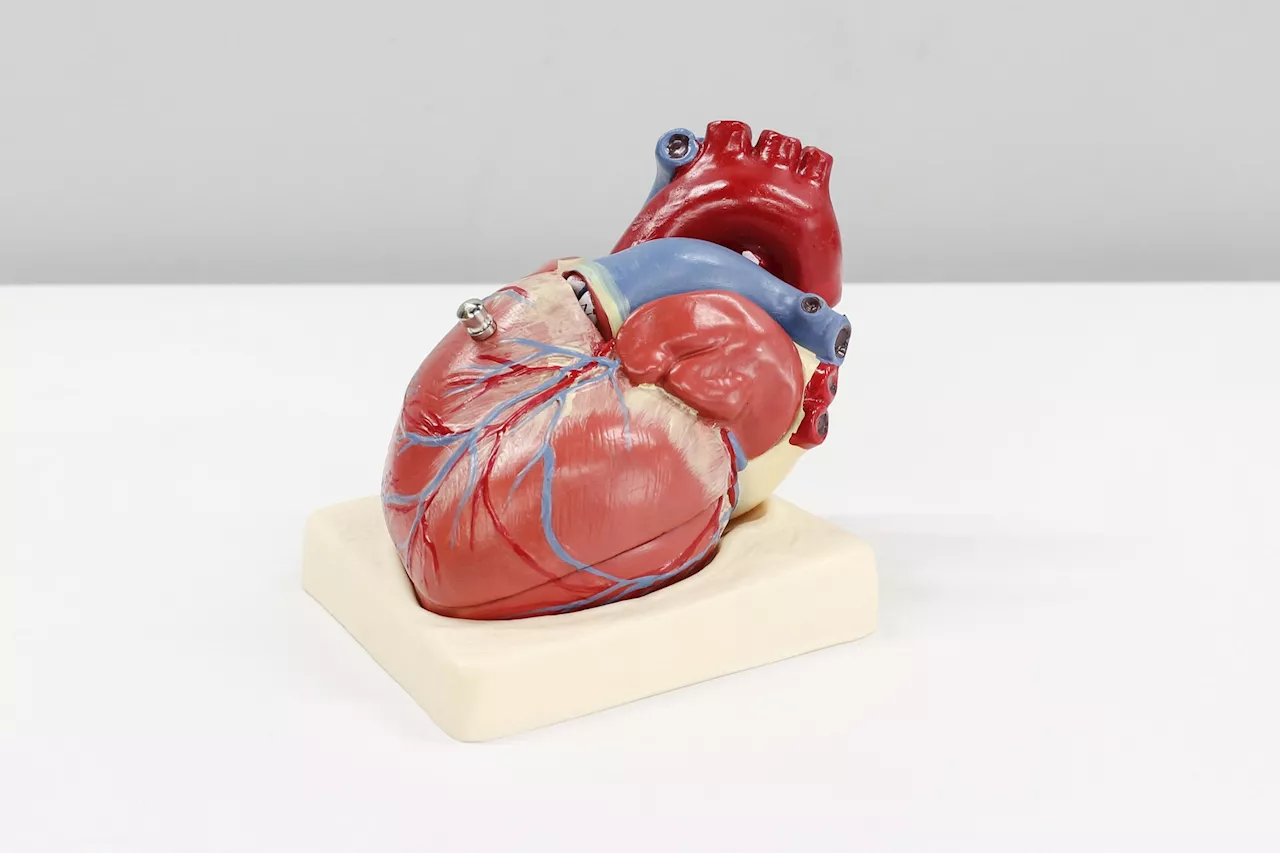Study found that heavy menstrual bleeding (HMB) is linked to increased cardiovascular disease (CVD) risk in young women, even without irregular menstruation.
By Pooja Toshniwal PahariaMay 28 2024Reviewed by Susha Cheriyedath, M.Sc. In a recent study published in the journal BMC Medicine , researchers determined the relationship between heavy menstrual bleeding or menorrhagia and cardiovascular disease in the presence and absence of irregular menstruation among females hospitalized in the United States .
About the study In the present retrospective, cross-sectional study, researchers explored the influence of menorrhagia and irregular menstruation on cardiovascular disease risk. The researchers performed prosperity score matching and logistic regression modeling to determine the odds ratios for analysis. Study covariates included age, ethnicity, race, household income, primary payer, smoking status, alcohol intake, adiposity, hormonal or contraceptive use, metabolic syndrome, polycystic ovary syndrome , leiomyoma uterus, non-steroidal-type anti-inflammatory drug prescriptions, and anticoagulant medication use.
In contrast, menorrhagia did not show robust associations with cardiovascular disease events among hospitalized women aged above 40 years. Menorrhagia without irregular menstruation was robustly related to diabetes, heart failure, atrial fibrillation, and MACE events. Menorrhagia with irregular menstruation showed strong relationships with atrial fibrillation and coronary heart disease outcomes among young female hospitalizations.
Heart Heart Disease Alcohol Anemia Anticoagulant Atrial Fibrillation Blood Cardiovascular Disease Contraceptive Coronary Heart Disease Diabetes Exhaustion Heart Failure Hormone Hypoxia Iron Deficiency Medicine Menorrhagia Menstruation Metabolic Syndrome Oxygen Smoking Stroke Syndrome Uterus
United Kingdom Latest News, United Kingdom Headlines
Similar News:You can also read news stories similar to this one that we have collected from other news sources.
 Brain activity related to craving and heavy drinking differs across sexes, study revealsThe brain circuits that underlie alcohol craving and heavy drinking share some similarities between men and women, but also some key differences, a new Yale study reveals.
Brain activity related to craving and heavy drinking differs across sexes, study revealsThe brain circuits that underlie alcohol craving and heavy drinking share some similarities between men and women, but also some key differences, a new Yale study reveals.
Read more »
 New postpartum care recommendations target CVD riskPregnancy-related deaths in the U.S. have risen 140% over the past three decades and cardiovascular disease is the leading cause. Despite existing medical guidance on pregnancy and cardiovascular health, current trends in health outcomes suggest a significant opportunity for an improved system of care, particularly in the postpartum period.
New postpartum care recommendations target CVD riskPregnancy-related deaths in the U.S. have risen 140% over the past three decades and cardiovascular disease is the leading cause. Despite existing medical guidance on pregnancy and cardiovascular health, current trends in health outcomes suggest a significant opportunity for an improved system of care, particularly in the postpartum period.
Read more »
 Fat-enlarged axillary nodes on mammogram may indicate higher CVD riskFat-enlarged axillary nodes on screening mammograms can predict the risk for cardiovascular disease (CVD), according to a study presented at the annual meeting of the American Roentgen Ray Society, held May 5–9 in Boston.
Fat-enlarged axillary nodes on mammogram may indicate higher CVD riskFat-enlarged axillary nodes on screening mammograms can predict the risk for cardiovascular disease (CVD), according to a study presented at the annual meeting of the American Roentgen Ray Society, held May 5–9 in Boston.
Read more »
 Social determinants of health tied to atherosclerotic CVD riskBoth individual- and area-level social determinants of health (SDOH) are associated with atherosclerotic cardiovascular disease (ASCVD) risk, according to a study published in JAMA Network Open.
Social determinants of health tied to atherosclerotic CVD riskBoth individual- and area-level social determinants of health (SDOH) are associated with atherosclerotic cardiovascular disease (ASCVD) risk, according to a study published in JAMA Network Open.
Read more »
 How Are Graphene Nanoribbons Formed?Exploring graphene nanoribbons' synthesis via CVD and other methods for advanced electronic and quantum applications.
How Are Graphene Nanoribbons Formed?Exploring graphene nanoribbons' synthesis via CVD and other methods for advanced electronic and quantum applications.
Read more »
 Anti-obesity medications slash heart disease risk in obese patients, study findsA study in the journal Obesity evaluated the impact of new anti-obesity medications (AOMs) on cardiovascular disease (CVD) among obese individuals, finding that these medications reduce the risk of CVD complications, particularly heart failure and atrial fibrillation.
Anti-obesity medications slash heart disease risk in obese patients, study findsA study in the journal Obesity evaluated the impact of new anti-obesity medications (AOMs) on cardiovascular disease (CVD) among obese individuals, finding that these medications reduce the risk of CVD complications, particularly heart failure and atrial fibrillation.
Read more »
